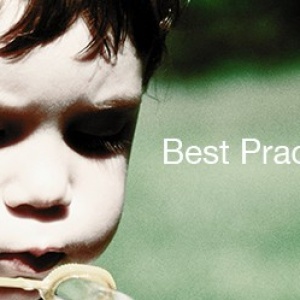New report from the NSPCC: ‘No one noticed, no one heard’.

A new study of young adults who were abused in childhood shows that 80 per cent attempted to disclose their abuse when it was happening to them as children, but like many high profile cases, not all of the disclosures were “heard” or acted upon.
The research highlights the difficulties children and young people encounter when disclosing abuse. The findings are the result of 60 face-to-face interviews with young adults aged between 18 and 24 years, all of whom had experienced high levels of abuse as children.
Young people generally made more than one disclosure; of the 203 disclosures that were made in childhood, just 117 were acted upon by recipients. Young people told others about their abuse in a variety of ways, from direct, verbal disclosures to indirect disclosures through their behaviour or words. Those who took safeguarding action in response were seen as helpful and positive, highlighting the need for professionals to respond quickly and appropriately.
The journey to disclosure
The study reveals that young people see the disclosure of their abuse as a journey because disclosure and how people respond to it is not something that happens once and is then over in an instant. For the vast majority of the young people, 90 per cent, at least part of their journey, if not all, was negative. For example, there were missed opportunities for intervention and support and poor responses from those to whom they had disclosed, typically a lack emotional support and a lack of protective action taken.
There were a range of barriers to disclosure in the study. However, an important finding was that some young people did not feel they could disclose their abuse at the time, but they would have liked someone to notice and ask them. Some young people also believe that professionals should have noticed bruises and other injuries they sustained from the abuse.
Disclosures that resulted in a positive experience for the young people accounted for only 10 per cent and had three key features:
- the young person felt believed
- some action was taken to protect them, such as a report to another professional
- the young person received some kind of emotional support to help them through the process.
In conclusion, the authors of the research highlight:
- the need for greater awareness about the signs of abuse
- that children do disclose, but we don’t hear those disclosures
- the need for professionals to ask young people about abuse in a direct and developmentally appropriate manner, while ensuring they are safely able to disclose
- the need for children to be provided with better knowledge about boundaries, their rights to protection and safety, as well as information about healthy relationships and where and how to seek help
- the important role of other adults in noticing the signs of abuse and “hearing” disclosures in all their forms.
To help you promote a culture of vigilance in your organisation, please take advantage of our online learning services containing various safeguarding and duty of care courses.
For full details of our range of essential learning courses please visit our website shop.
Read the full report by the NSPCC here.
Return to news